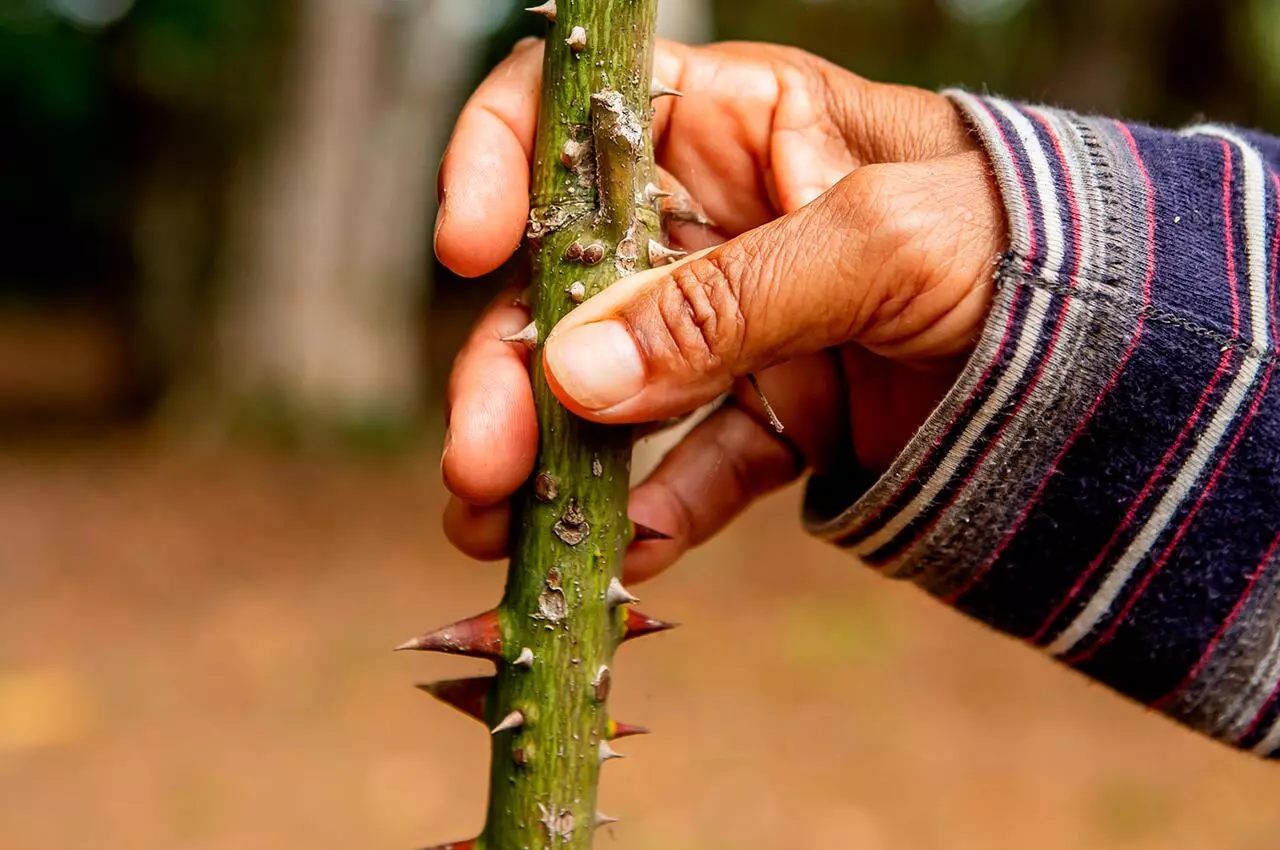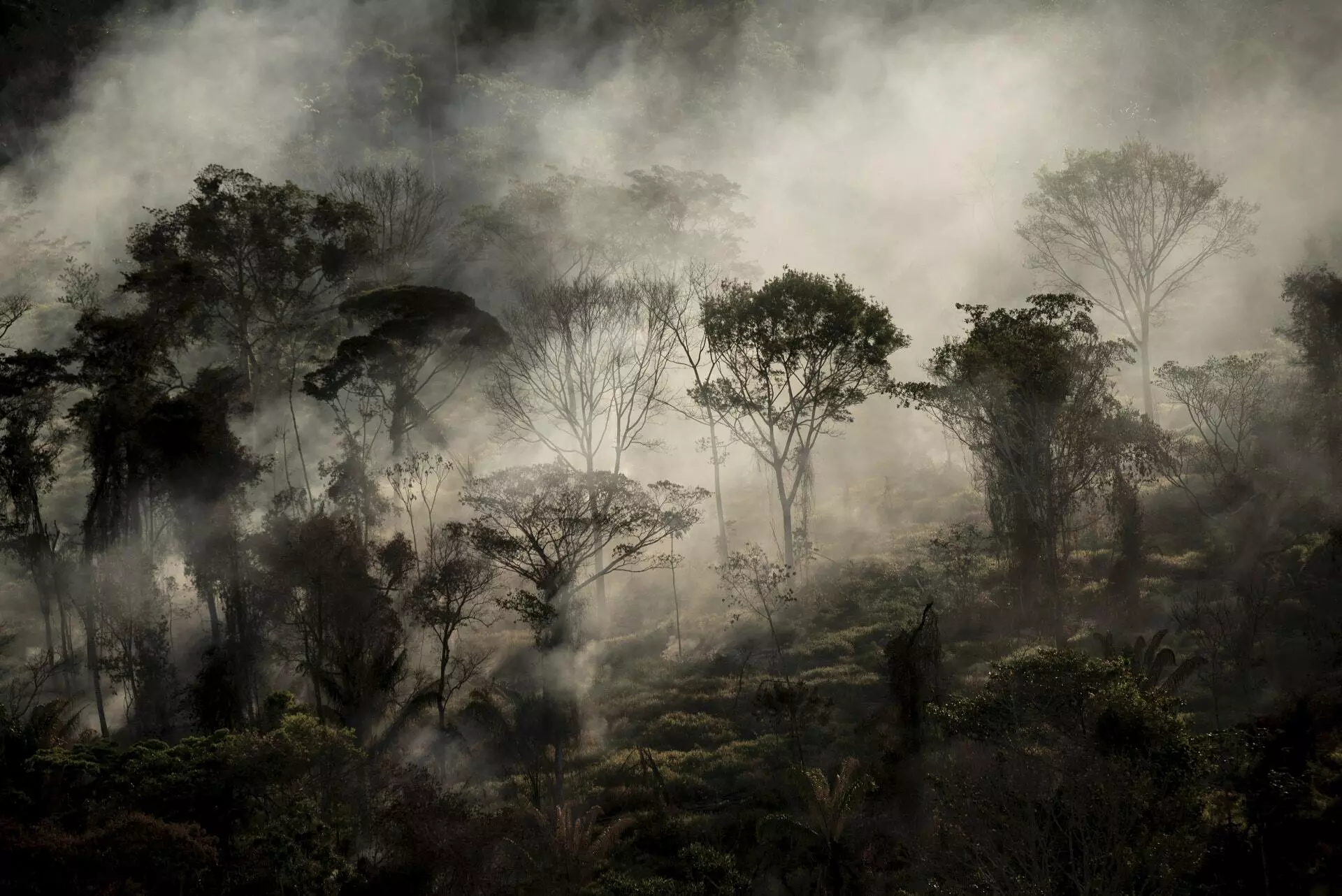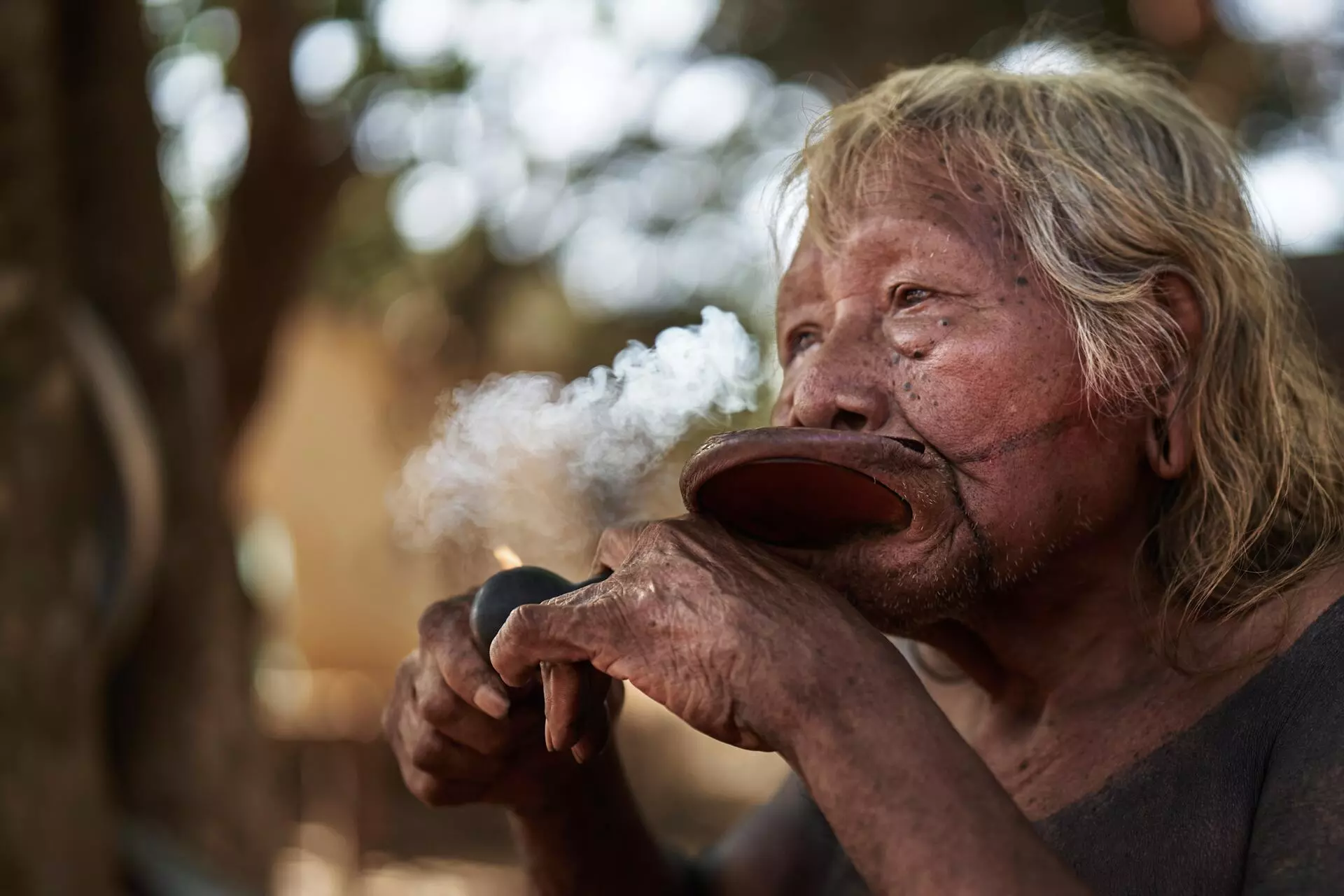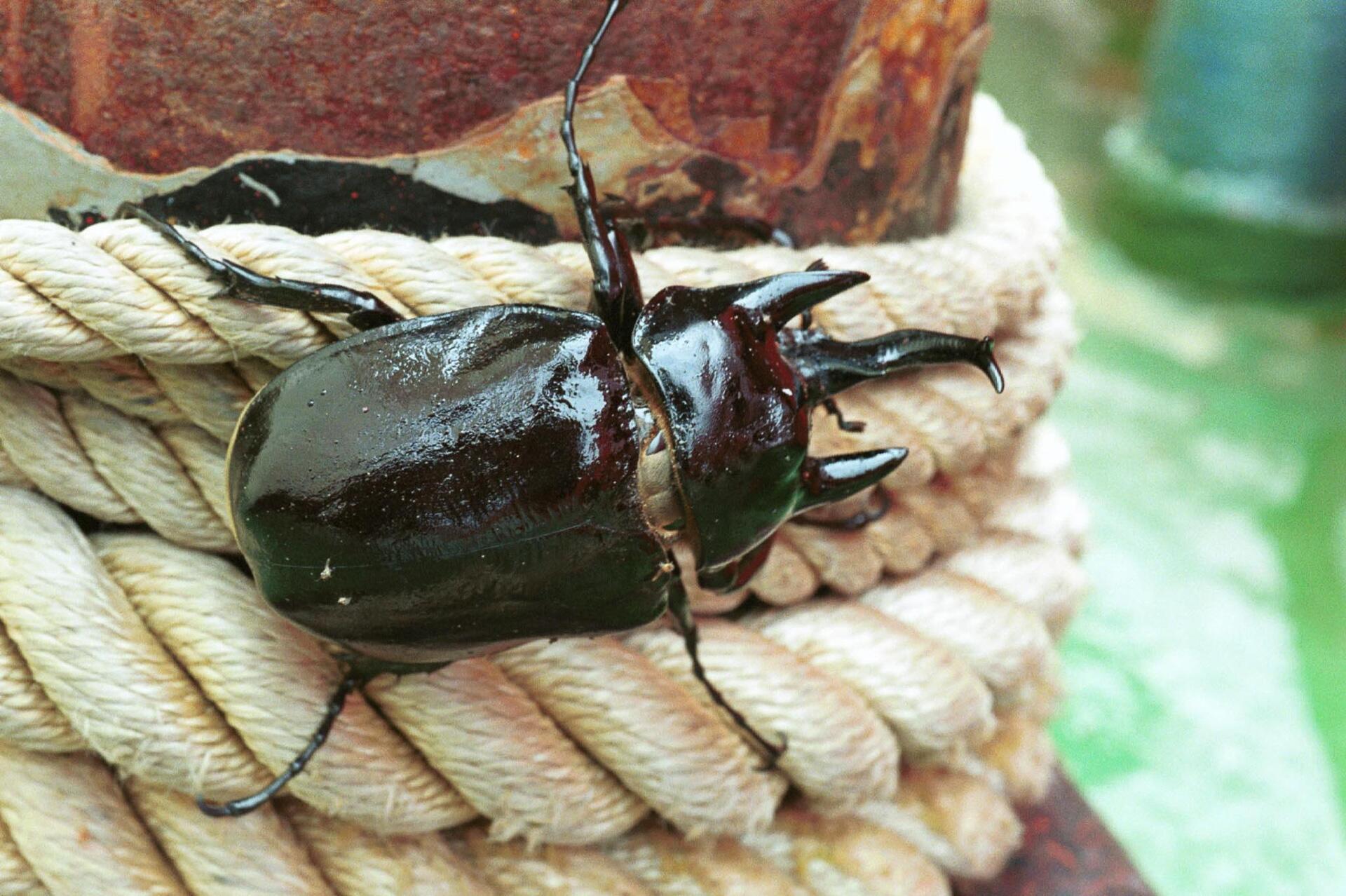TERRITORIES AT RISK
- Drug gangs threaten communities in the ‘cocaine corridor’
Quilombolas are forced to leave their land in the state of Pará due to the threat of drug traffickers. These groups are also active on the land grabbing and illegal construction fronts, according to InfoAmazonia - Environmental offenders have their names and individual taxpayer registration numbers (CPFs) published
Since August, the government’s platform has been publishing data on people and companies that have been fined. This measure is aimed at making it hard for environmental offenders to have access to capital via the banks refusing to provide them with rural credit, according to ((o))eco - Carrefour buys meat from the ‘Amazon region’s biggest deforester’
A rancher investigated by the Federal Police in the state of Pará sold cattle raised in an area fined for environmental violations to a meatpacker that supplies meat to the French supermarket chain, according to a report by Repórter Brasil - Indigenous women report psychological violence
A third of the complaints by Indigenous women to the police in the state of Roraima are related to psychological aggression. A total of 288 such cases were recorded between January 2022 and April 2023, according to InfoAmazonia
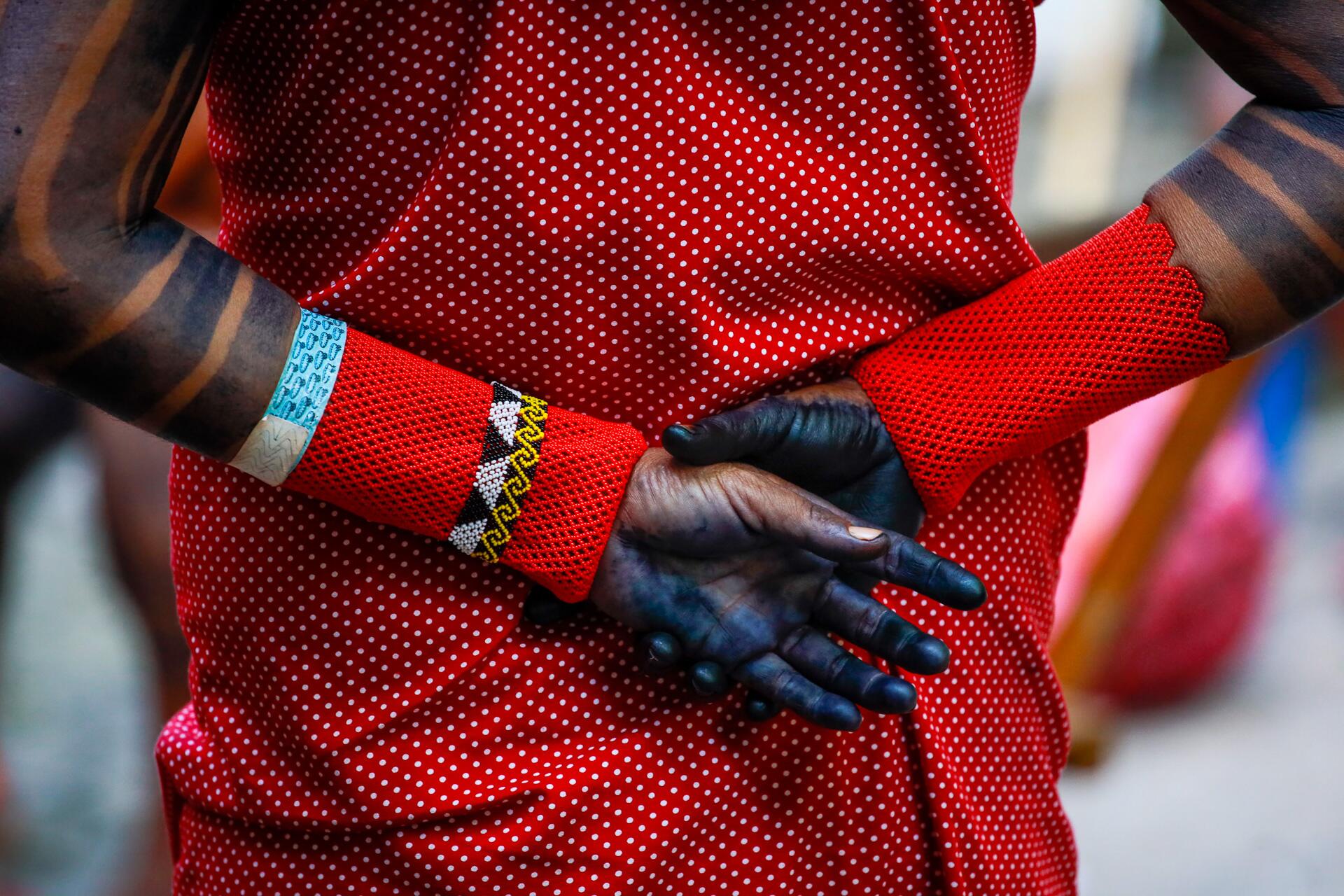
Psychological violence is the main cause of complaints by Indigenous women to the police in the state of Roraima. Photo: Carlos Borges/Sumaúma
MORE THAN HUMANS
- How many insects live in the Amazon?
A group of researchers is trying to give an answer as to just how big the forest’s biodiversity is, and according to estimates it may have between 50,000 and 100,000 species of insects, Jornal da USP reports - Jeff Bezos donates 12 million reais for research into trees
Amazon’s founder is funding a 3-year project to study native forest species with high economic and productive value in the Atlantic Forest and the Amazon region. The study will be used as a tool for restoration, according to ((o))eco
ART AND CULTURE THAT COMES FROM THE FOREST
- International exhibitions showcase Indigenous artists
Exhibitions in New York, Milan and Japan are reserved for Brazilian Indigenous artists and collectives, such as the Yanomami Group and Mahku, which is made up of artists from the Huni Kuin ethnic group in the state of Acre, reports Mongabay - The role of translating literature about the Amazon region
In a podcast interview the translator Diane Whitty talks about the challenges of taking the speeches made about the forest to other countries. “We need to speak passionately [about the Amazon region],” she argues, according to Amazônia Latitude - Indigenous education on the Rio Negro produces innovative results
Using a method that prioritizes local culture and knowledge, an indigenous school in the municipality of São Gabriel da Cachoeira, in the state of Amazonas has given new meaning to a past marked by repression and religious imposition, according to a report in Jornal da USP
Fact check: Plínio Lopes
Spell check (Portuguese): Elvira Gago
Translation into Spanish: Meritxell Almarza
English translation: Mark Murray
Photography editing: Lela Beltrão
Page setup: Érica Saboya

